Photographing from the Air
A Few Pros and Cons of Different Types of Aerial Photography
I’ve mentioned aerial photography in one of my previous posts. In this post, though, let’s consider different types of aerial photography, and their pros and cons.
Aerial photography means photography taken from the air, obviously. Many photographers find aerial photography interesting because it does offer a unique perspective, a different vantage point (not always available to all) from which to tell a visual story.
The idea of aerial photography is not new. The first known aerial or airborne images were taken by French photographer and balloonist Gaspard-Felix Tournachon, also known as Nadar. He photographed Paris from the air during the mid-1800s. His aerial photographs have not survived, thus, the earliest surviving aerial image is an aerial shot of Boston, taken during the late 1800s by pioneer photographer James Wallace Blake and balloonist Samuel Archer King.
Nowadays, one can take aerial shots:
- from an airplane
- from a helicopter, hopefully, an open-door helicopter
- from a mountain top or a rooftop
- [yes, from a balloon, to follow in the footsteps of aerial photography pioneers]
- using drones, a.k.a. unmanned aerial vehicles (UAVs)
Let’s consider a few pros and cons of each of several types of aerial photography
Photographing from a commercial airplane:
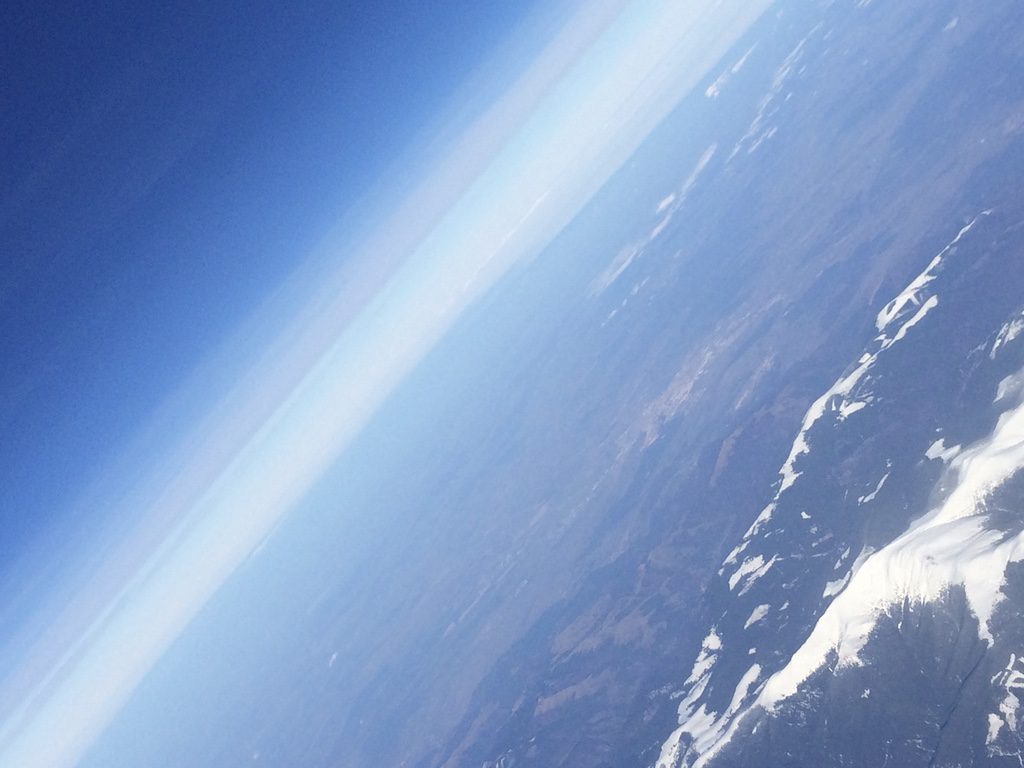


- is expensive
- is not always accessible
- usually requires a window seat (most of the time that’s not a problem)
- offers a limited number of vantage points (unless one has the money to rent a full small plane by themselves, for the purpose of aerial photography, and that’s more the exception to the rule)
- limits the necessary gear allowed on the plane (unless, again, one has money to rent a full small plane)
Photographing from a helicopter, preferably an open-door helicopter:
- is expensive
- not always accessible
- offers limited flexibility
- requires limited gear, weight
Photographing from a high-rise or a mountain top:
- limited flexibility, in terms of getting closer to a subject (hence, it helps using zoom lenses)
- accessibility – in general is much more accessible than flying, no doubt
- flexibility in terms of the time spent on location and subject, especially when trying to capture a 360-degree view
Photographing while using a UAV or an Unmanned Aerial Vehicle, a.k.a. a drone:
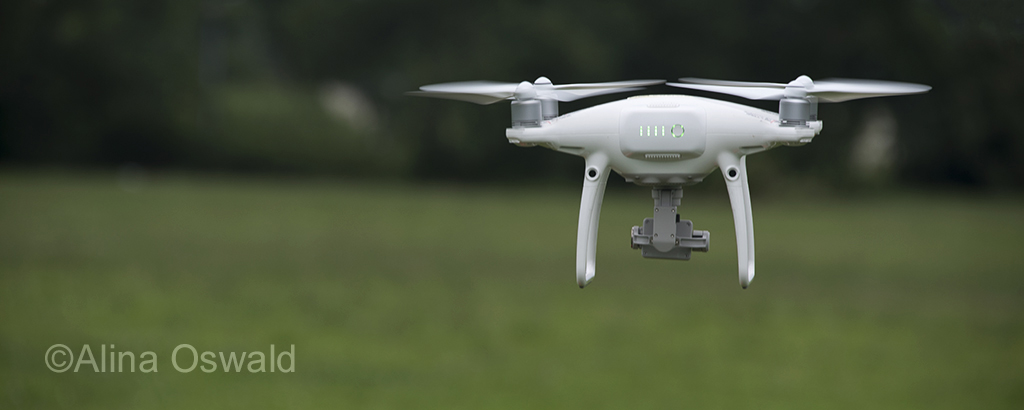
- buying a drone and learning how to use it to take pictures and videos is an investment, and there is a learning curve attached
- short battery life (30 min) but a drone can be used on the same or different flies, anywhere flying drones is permitted
- flexibility in terms of vantage points, subject matter (more on drone photography in an upcoming post)
Altitude and vantage points differ from one type of aerial photography to another. Obviously, planes and helicopters can reach higher altitudes than a drone can or that we can, no matter how high the mountain top or the rooftop. On the other hand, the higher we get, the more time we have to photograph, but also the less flexibility we have in terms of what we photograph and the vantage point from where we photograph. Among all these three options, drones are the most flexible overall, maybe minus the battery life, which seems to be improving with each new drone model.
When photographing from the air, look for geometric shapes, repeating elements, leading lines, converging lines, including well-known buildings, etc. as seen from above, and so on.
Give aerial photography a try, and see the world in a whole new way, through a new lens.
As always, thanks for stopping by!
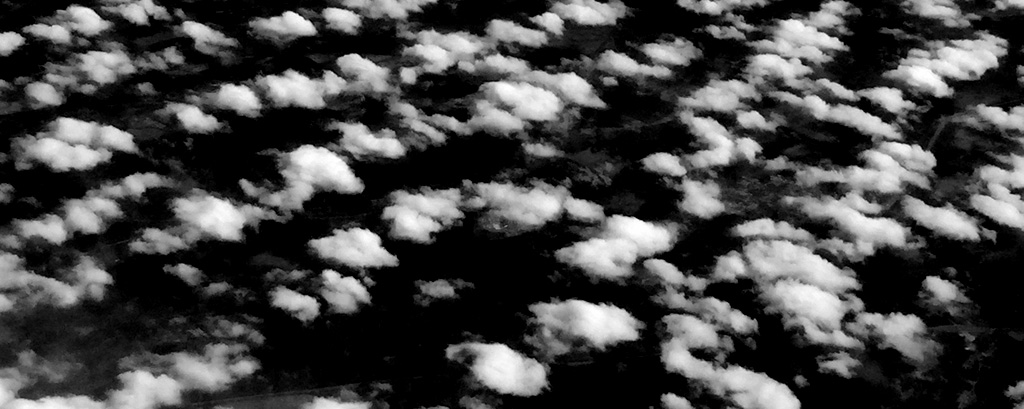
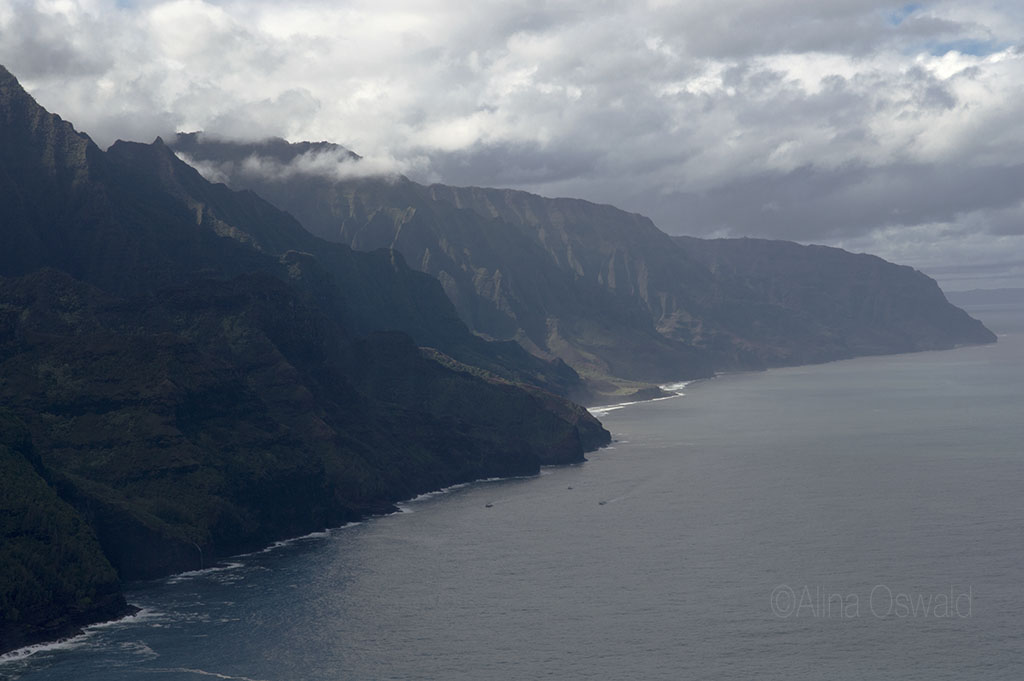
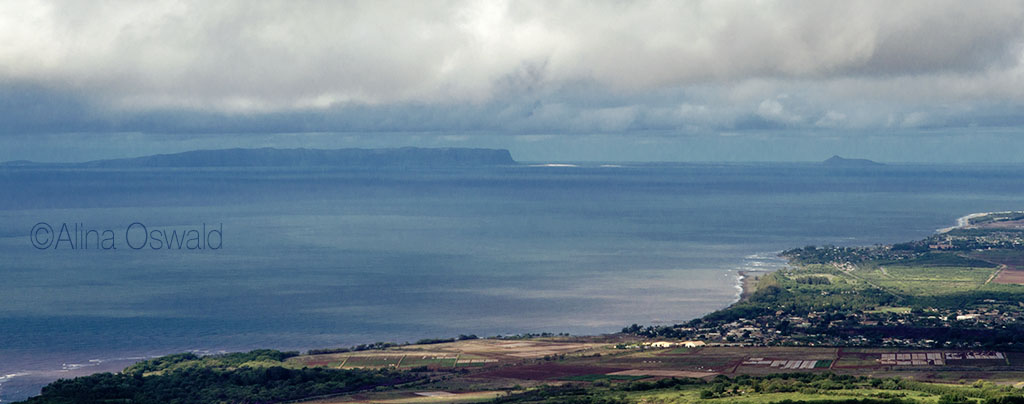
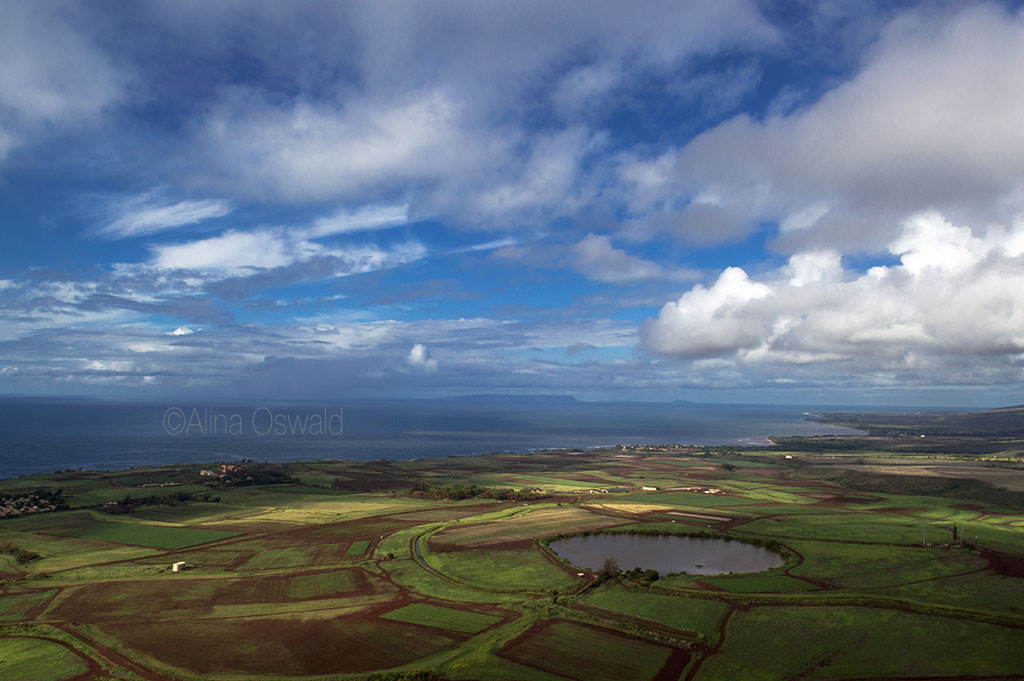


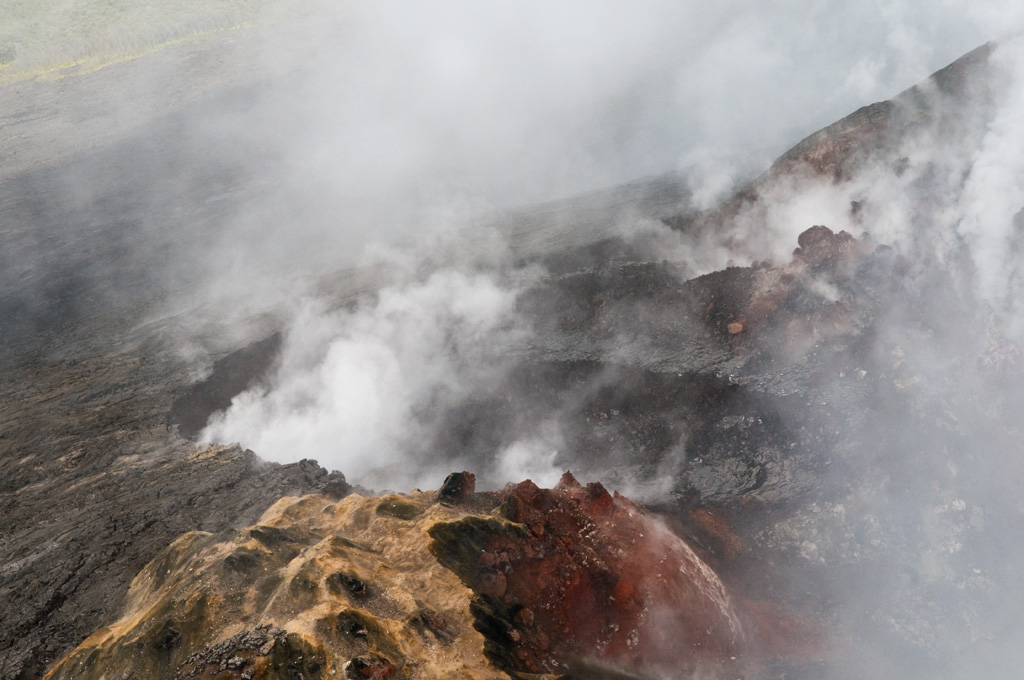




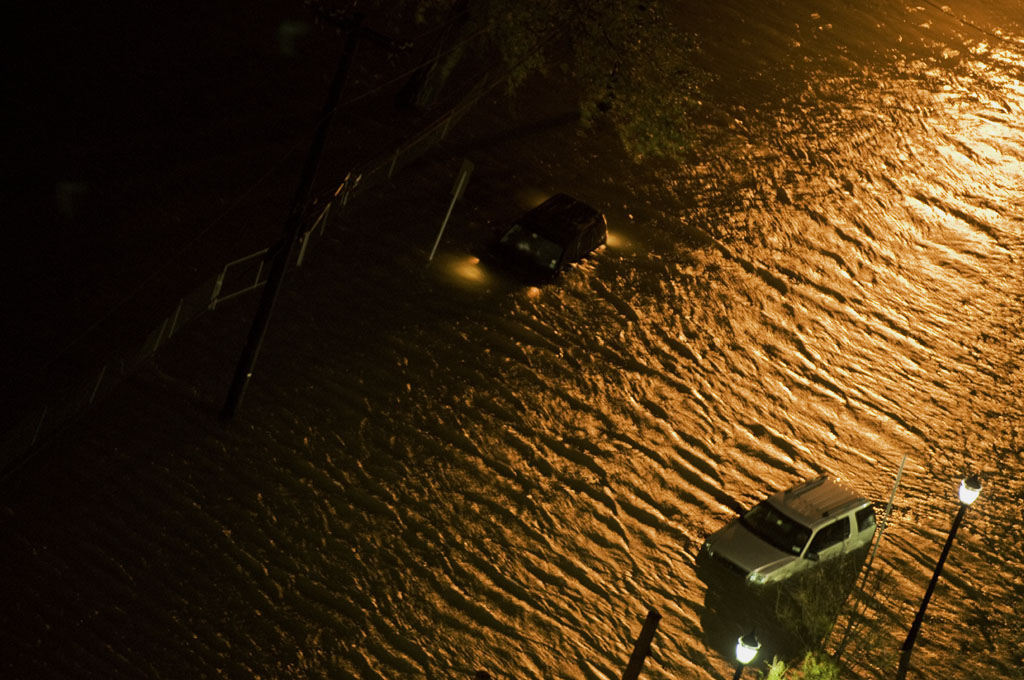

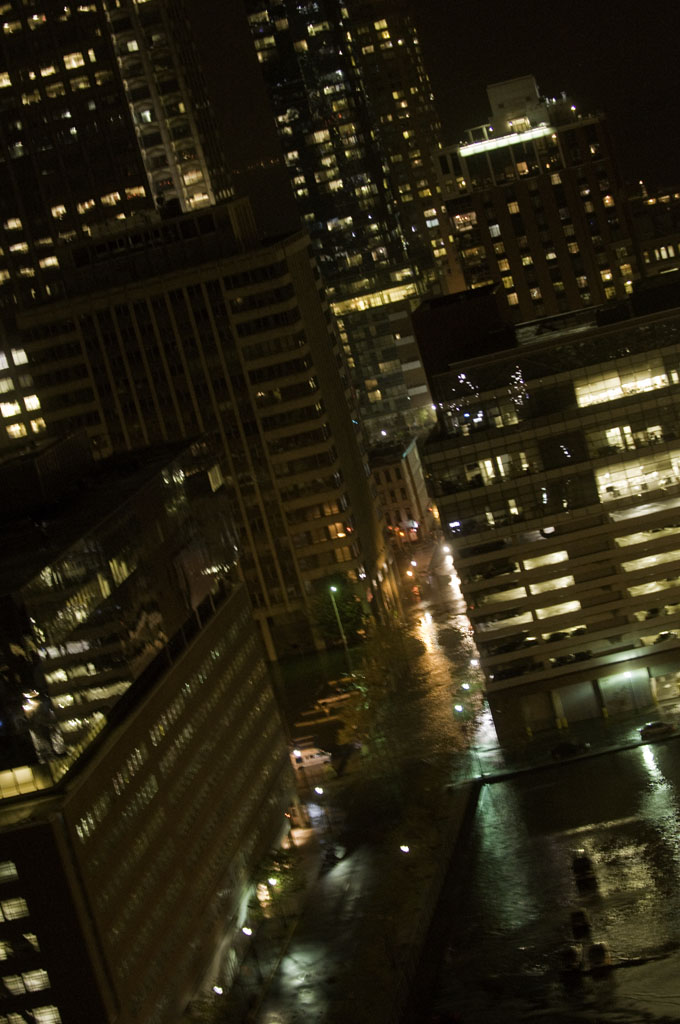


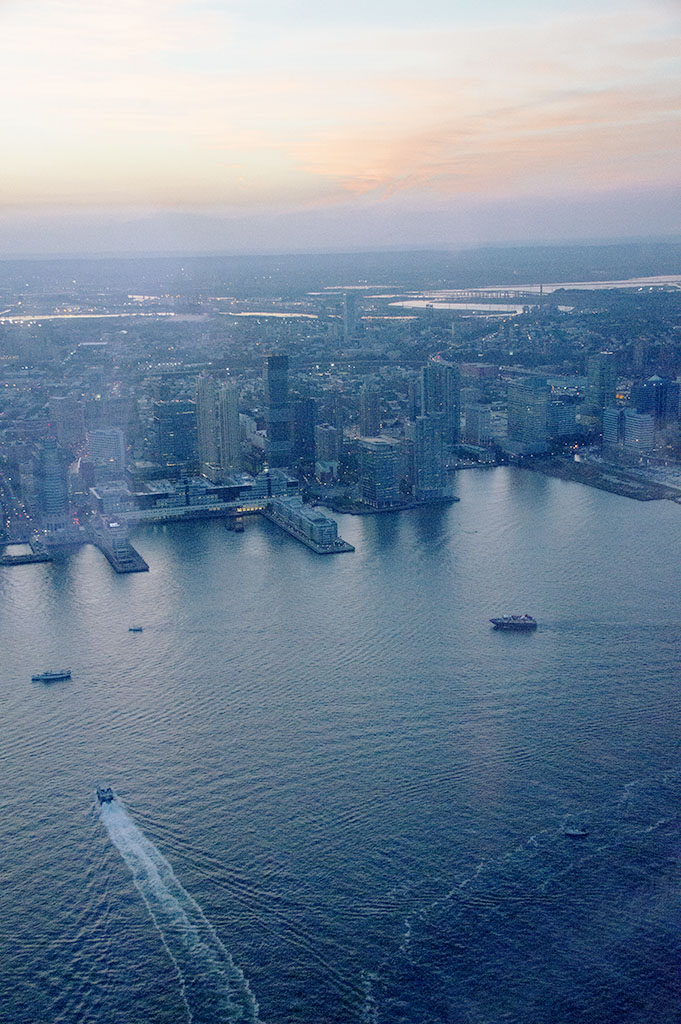





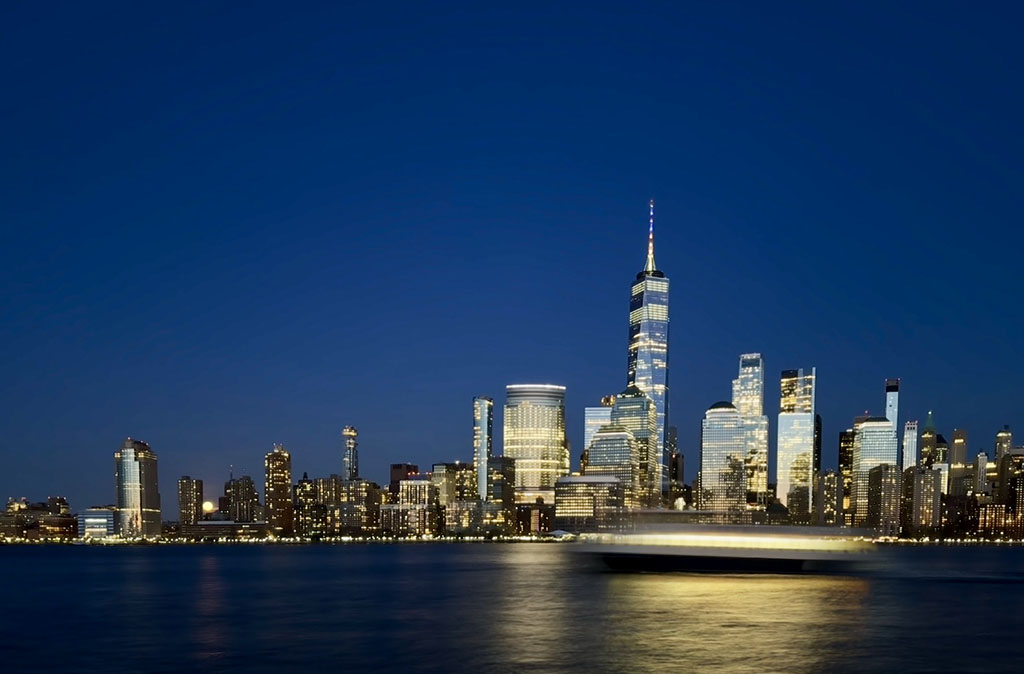
Leave a comment